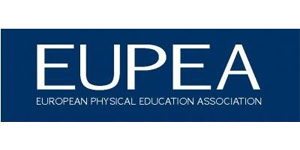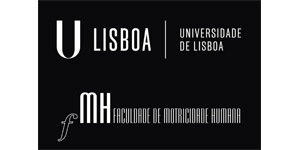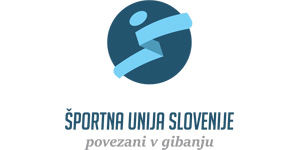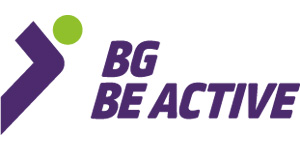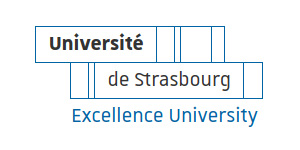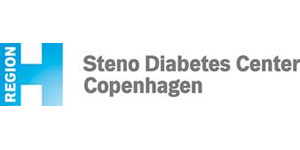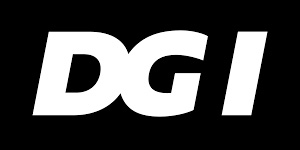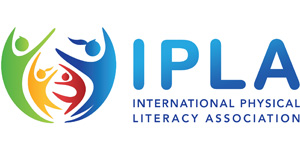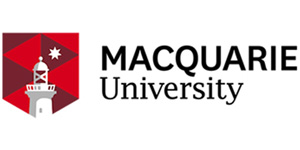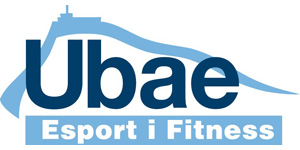In the Physical Literacy for Life project, when these terms are used, they mean:
Download| Term | Definition / Description |
|---|---|
| Literacy | is the ability to identify, understand, interpret, create, communicate and compute, using printed and written materials associated with varying contexts. Literacy involves a continuum of learning in enabling individuals to achieve their goals, to develop their knowledge and potential, and to participate fully in their community and wider society. |
| Physical Literacy for Life | Physical literacy is the skills and attributes individuals demonstrate through physical activity and movement across their life course. It can be understood as a process and as an outcome that individuals pursue through an interaction of their physical, emotional, social and cognitive learning. There are the 4 interrelated domains that support the holistic development of physical literacy to help all generations to lead active, healthy and fulfilling lifestyles. |
| Learning | the acquisition of knowledge, behaviour or skills through study, experience, or being taught. |
| Cognitive Learning | is a type of learning that is active, constructive, and long-lasting. It engages individuals in the learning processes, teaching them to use their brains more effectively to make connections when learning new things. |
| Physical Learning | is characterised by utilising the body and movement to understand the physiological responses and adaptations that are possible. |
| Affective/Emotional Learning | involve developing the ability to understand and manage our emotions, establish positive relationships, develop empathy for others, set and achieve goals and feel good about ourselves. |
| Social Learning | posits that people learn from one another, via observation, imitation, and modelling. |
| Education | is the process of receiving or giving systematic instruction, especially at a school or university. |
| Physical Education | is the planned, progressive, and inclusive learning experience that forms part of the curriculum in early years, primary and secondary education, throughout all years and levels of compulsory education. In this respect, physical education acts as a foundation for a lifelong engagement in physical activity and sport. The learning experience offered to children and young people through physical education lessons should be developmentally appropriate and is encompassed by five fundamental pillars: a) Curriculum Flexibility; b) Teacher Education and Professional Conditions; c) Community Partnership; d) Facilities, Equipment and Resources; and e) Pedagogy. |
| Physical Activity | is defined as any bodily movement produced by skeletal muscles that require energy expenditure. |
| Exercise/Fitness | physical activity requiring physical effort, carried out to sustain or improve health and fitness. |
| Sport | is a human activity involving elements of competition and participation where rules, tactics, and strategy govern the behaviour of the activity. |
| Recreation | is an activity undertaken by humans for enjoyment when one is not working. |
| Fundamental Movement Skills |
Fundamental movement skills are a specific set of skills that involve different body parts such as feet, legs, trunk, head, arms and hands. Fundamental movement skills categories include:
|
| Motor Development | means the physical growth and strengthening of bones, muscles and ability to move and in one’s surroundings. It is a concept usually reserved for clinical settings and diagnosis. It falls into two categories: fine motor and gross motor. Fine motor skills refer to small movements in the hands, wrists, fingers, feet, toes, lips and tongue. Gross motor skills involve motor development of muscles that enable babies to hold up their heads, sit and crawl, and eventually walk, run, jump and skip. |




